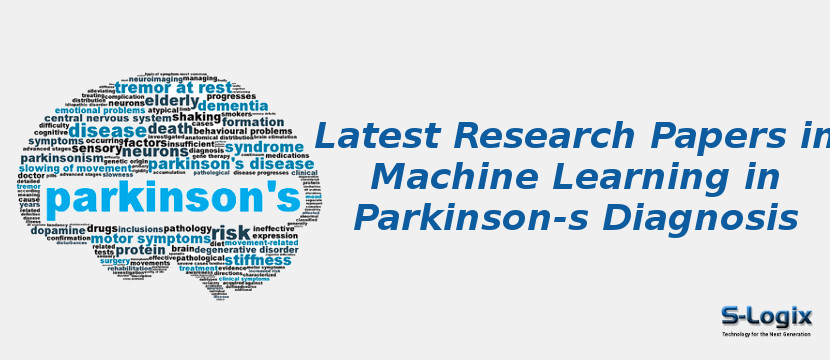Machine learning in Parkinson’s disease diagnosis is a rapidly evolving research area that leverages computational models to improve early detection, disease progression monitoring, and personalized treatment planning. Traditional diagnostic methods rely on clinical assessments such as the Unified Parkinson’s Disease Rating Scale (UPDRS) and neurologist observations, which are often subjective and may delay accurate diagnosis. Machine learning approaches analyze diverse data sources including speech signals, handwriting and gait patterns, neuroimaging (MRI, PET), wearable sensor data, and genetic markers to identify subtle biomarkers and patterns indicative of Parkinson’s disease. Early studies utilized classical algorithms such as support vector machines (SVM), decision trees, k-nearest neighbors (KNN), and random forests for classification and symptom prediction. Recent research integrates deep learning architectures, including convolutional neural networks (CNNs) for imaging and sensor data, recurrent neural networks (RNNs) and LSTMs for temporal analysis of motor symptoms, and hybrid models for multi-modal data fusion. Applications include early diagnosis, monitoring disease progression, predicting symptom severity, and assisting in personalized therapy design. Current studies also explore explainable AI, feature selection, transfer learning, and federated learning for privacy-preserving collaborative diagnosis, establishing machine learning as a powerful tool for improving the accuracy, efficiency, and personalization of Parkinson’s disease diagnosis and management.
